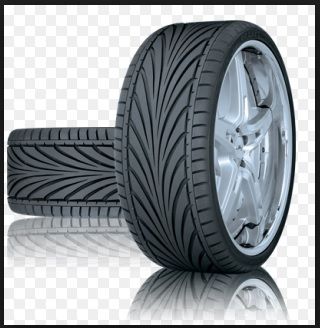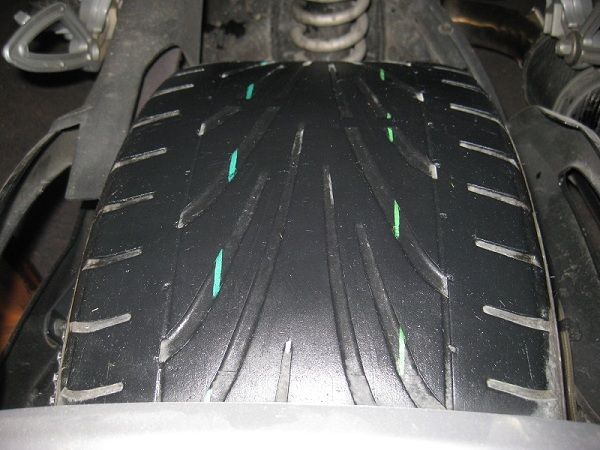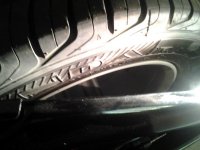BajaRon
Well-known member
Out of curiosity, if anyone gets the opportunity, could they weigh the stock tyre vs a car tyre? particularly the front ones. If bike is 2 ply and car 4 ply could the reason be to reduce unsprung weight and to allow more flex to alleviate strain off the steering components? (At the expense of longevity).
cheers
nito
When I switched to the Toyo Proxes TR1 rear tire (very nice tire and so far, my favorite) I weighed both the worn out OEM tire and the new Toyo. I was surprised to find the Toyo to be lighter! I don't remember the exact weights but I think it was lighter by about 2 pounds. This really surprised me. But thinking about it. I came to these possible reasons.
The OEM tire is the only one of its kind. No competition, no other choice. Take it or leave it.
The Toyo has a lot of competition as there were many other tire makers producing the same size and similar design tire. How much research went into the OEM tire? Who knows, but chances are that a lot of research went into the Toyo. To compete, Toyo had to make a better tire at a competitive price. The OEM manufacturer has no such pressure.
How many of these tires did Toyo sell? Probably millions! High volume lowers per unit price and also justifies making a higher quality product.
How many OEM tires are being sold? In comparison to just this one Toyo brand and model, probably a drop in the bucket. Remember, a car will get 4 of these. The Spyder just 1.
Just because a tire has 4 plies instead of 2 does not necessarily mean it will be heavier. The number of plies is meant to give more rigidity and a higher weight carrying capacity. Obviously, our Spyders do not need more plies to carry more weight. But the additional plies also make for a flatter tread area giving you more meat on the road surface and a more uniform wear pattern.
The wider the tire, the more you need additional strength across the tread area. Otherwise, your tire will balloon in the middle as speed increases giving you the classic, Worn Out in the Middle wear pattern.
It appears that better technology and manufacturing processes can give you both increased rigidity and less weight. That's my theory, what's yours?

Last edited:


